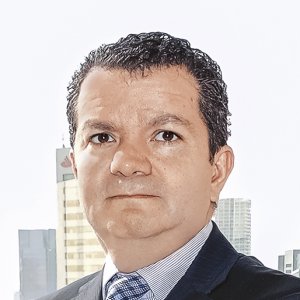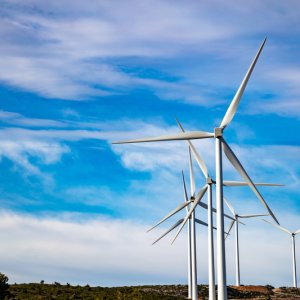Wind Turbine Supplier Branches Out to O&M, Digital Solutions

STORY INLINE POST
Q: What were the key elements behind the successful development of Envision’s Yucatan project?
A: When Envision launched its strategic association with Vive Energía, all required measurements were already carried out and certified by third parties, along with environmental impact assessments and interconnection permits. Commercial contracts had been closed and PPAs had been signed as legacy contracts under self-supply provisions. As a project developed prior to the Energy Reform, under previous regulations, its characteristics were more within the financial entities’ comfort zone. We took the project one step further by undergoing logistics studies to determine that the project site’s access points were optimal. We underwent all due diligence processes and secured the interest of local off-takers to ensure the bankability of the project. Yucatan, in particular, is subject to anthropological issues. We sent a specialized team of 30 archaeologists to map all 1,500ha of the terrain where we found more than 2,000 archaeological remains and set in motion an action plan to salvage and move them, preserving the historical and cultural heritage of the area. All these measures demonstrated full compliance before banks supported Envision’s first project finance scheme outside of China.
Q: How would you rate the progression of Mexico’s long-term electricity auctions?
A: The Clearing House is a prime example of the improvement process we have see between each auction. The auction design continues to be perfected, encompassing an increasing number of positive elements and players. We believe fixed quotas per technology are coherent both with the objective of reducing energy costs and the necessity of maintaining a balanced energy matrix, versus price-based auctions that would not solve intermittency problems if solar power achieves a predominant footprint in the mix. Projects under equal terms can compete for logistics and production efficiencies, load factor and other characteristics that set them apart. A project’s advance must be taken into account to mitigate default risks. Lack of rigorous admissibility criteria can foster speculative participation that outsources potential risks to third parties.
Q: How does Envision tackle intermittency?
A: Besides the design and manufacture of wind turbines, Envision also has an important software development department. Our company offers energy asset management tools to operators — not limited wind power — to optimize portfolio performance. Envision manages close to 120GW through an international network of third-party operators, meaning we are managing between 15-20 percent of the world’s solar parks and wind farms through our management software. Renewable energy asset optimization software can simplify decision-making processes, allowing performance optimization under intermittency scenarios. We can visualize real-time power output in a single platform fed by SCADAs, integrating other useful inputs, like meteorological forecasts for further predictability and information to improve analysis and decision-making and generate significant savings in the process.
Q: What are Envision’s expectations for 2018? A: Globally, Envision has spent the last 11 years positioning itself as a major wind turbine supplier. We have a commitment over the next few years to supply 5GW of turbines with different clients, and this will launch the company into the wind turbine supplier Top 5 worldwide. Our diversification strategy not only implies setting up shop in different locations — Chile, Mexico, France and looking toward India and Australia — it also means service portfolio diversification. Software development is one business line we are actively pursuing, while we also have a Silicon Valley-managed equity fund. We have invested in companies for electric vehicle charging stations and energy storage companies in the US. In 2018, we will launch both Yucatan wind farms, close a PPA legacy contract for our Guanajuato project and branch out from project development to digital solutions in the Mexican market, where we can showcase our 160MW installed and operational capacity, showcasing reliability to our clients.























